DRIFTWOOD, BARK, and PEAT MOSS: The ORIGINAL Aquarium BOTANICALS
- Epp’nFlow Aquariums
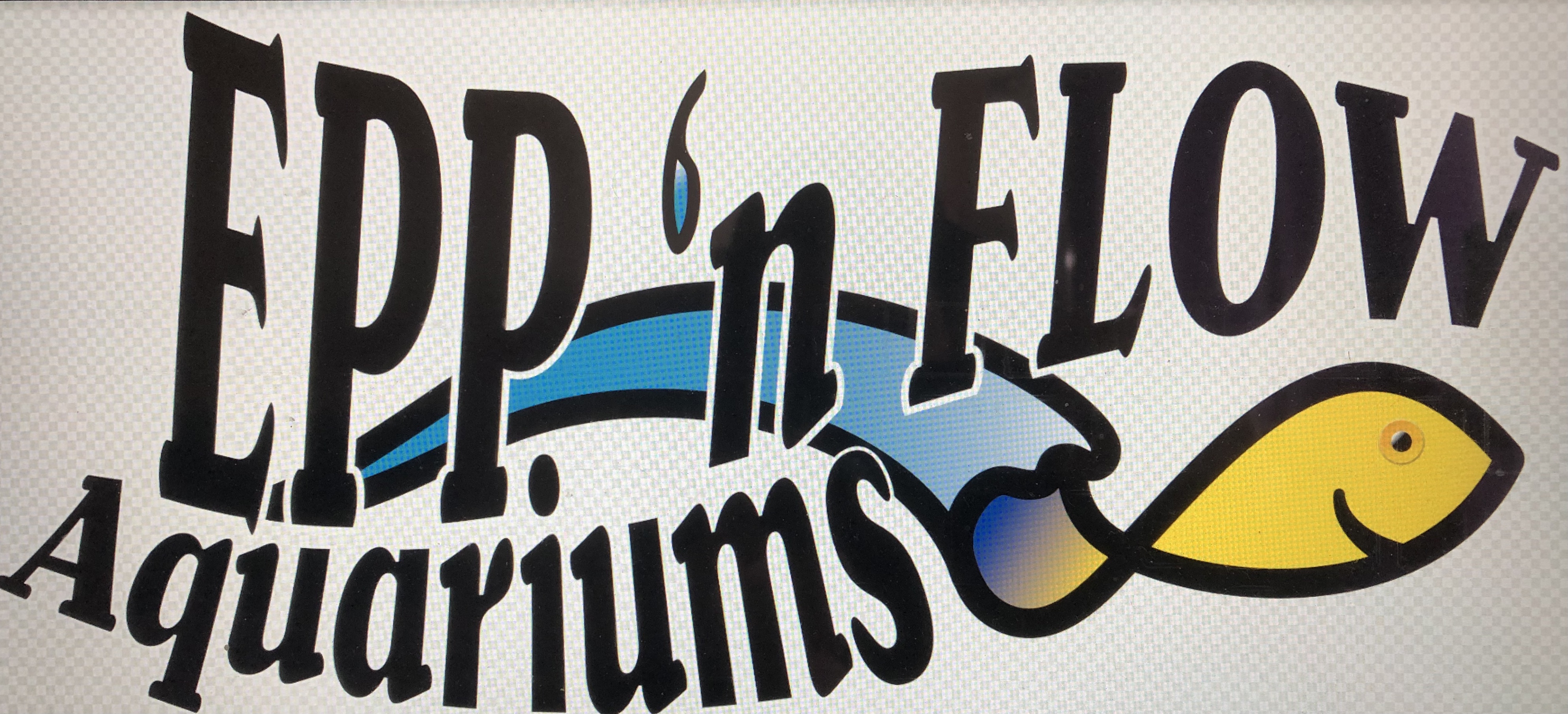
- Mar 13, 2022
- 5 min read
Updated: Nov 4, 2024
As a Mainstay in the Aquarium, Driftwood is the Number One Botanical in the World

The benefits of including diverse plant organics in the softwater aquarium were first highlighted in the introduction to naturalizing the aquarium with botanicals. At the very least, new hobbyists are often recommended to include a piece of driftwood in new aquariums intending to keep softwater (low kH) or neutral-acidic (lower) pH aquarium inhabitants. While the blackwater aquarium hobby encourages the addition of leaves, cones, seedpods, bark, and branches to produce softwater, driftwood remains the mainstay tannin source and hardscape material in most aquariums. Driftwood in the aquarium provides an instantaneous naturalized visual appeal, to both the aquarist and the inhabitants. Aquarists can take it another step further and select similar substrates and live aquarium plant species that are also native to a fish's environment or region, in order to produce a specialized biotope or biotype. Maintaining a naturalized aquarium has been shown to enhance fish colouration, trigger hierarchical and breeding behaviour, and improve young fish survival.

Driftwood
Driftwood is commonplace hardscape material in the aquarium hobby, alongside rock and stones. Driftwood used in the aquarium is typically dense and slow to decay, making it an excellent long-term aquarium botanical. Driftwood will sustainably reduce water hardness and lower the pH level of the aquarium over a longer time when compared to leaves or cones that need periodic replacement. Finally, driftwood makes a great medium for attaching mosses and epiphyte plants (Microsorum ferns, Anubias, etc.) when aquascaping.
Aquarium-safe driftwood from the store is usually sandblasted clean of bark and sunbaked. The common driftwood types include Eucalyptus [left side], Malaysian [inside left], Slim Wood [middle], Grape Vine [inside right] (requires additional preparation), African Mopani [right side], Manzanita, Spider Wood, Birds Nest, Cholla (cactus), Alder/ Birch, Tiger Wood, etc. Privately collected driftwood should be cleaned, washed, and oven-baked to dry and sterilize.

New driftwood will release a high concentration of tannins that can be reduced by soaking the wood and changing water daily for up to a week before adding it to the aquarium. Some driftwood floats and should be waterlogged or glued to rockwork before flooding the aquarium. The initial underwater decomposition of wood products and leaves can develop a surface fungus-like biofilm growth that can be wiped or brushed off and is expected to subside with time. Grazing fish and invertebrates may help to clean excess biofilm.

Bark and Sticks
Bark and small woody debris can be thought of as similar to driftwood, releasing tannins that reduce water hardness and pH, but they will need periodic replacement. Bark and other wood products have moderate longevity underwater, lasting longer than leaves. Bark develops biofilm when underwater making it a popular grazing surface for suckermouth catfish and shrimp. Larger pieces of bark will curl into tubes that make excellent shelters in the aquarium. Bark can be used to add detail around driftwood and mixed with leaf litter, in blackwater tanks. Boil bark for 30 min - 60 min before aquarium use.

Examples of Bark: Indian Almond Bark [left side], Bamboo poles, Speckled Alder Bark [middle], Cassia Cinnamon [right side], fruit tree bark, cork bark (floats), etc.
Indian Almond Bark
Terminalia catappa
Origin: Singapore, Sri Lanka, China, India, (Southeast Asia, Africa, Australia)
Tannin Level: Medium
Indian Almond Tree Bark has the same health and breeding benefits as the tannins from the Indian Almond Leaf, but it lasts longer and provides another texture in the aquarium. The bark comes in various sizes, with larger pieces useful as shelters.

Bamboo Poles
Bambusa vulgaris
Origin: Equatorial
Tannin Level: Low
Bamboo rings can provide a structure from a safe, natural material. The less natural appearance of the rings in the aquarium may require camouflaging with other seedpods. The shelters are ideal for small aquarium fish and invertebrates. The bamboo leaf is also recommended for use as lightly tinting leaf litter in the aquarium.

Speckled Alder Bark and Branches
Alnus incana
Origin: North America
Tannin Level: Low
Speckled Alder Tree Bark releases a light tannin and develops excessive biofilm for grazing fish.
Dried whole branches from the alder bush are also great for aquascaping.
Cassia vs. Ceylon Cinnamon Bark

Cinnamomum (C. verum = Ceylon; C. cassia = Cassia)
Origin: Sri Lanka (Ceylon), Southern China (Cassia)
Tannin Level: Low
Caution: Can be toxic to shrimp until well boiled. Natural insecticides in cinnamon bark are denatured with heat. Therefore, boiling cinnamon bark for 30 min to 60 min is required before use.
Cinnamon bark naturally curls into small shelters suitable for nano-fish and shrimp. Although both Ceylon and Cassia cinnamon can be used once boiled, the less common, Ceylon cinnamon (from Sri Lanka) contains a lower concentration of coumarin and is considered safer for aquarium invertebrates. Organic cinnamon bark may be available from a local natural food store for preparation at home.
Cholla Cactus Wood
Cylindropuntia imbricata
Origin: Mexico, Southwestern United States
Tannin Level: Low
Very popular for shrimp keepers, the lattice pattern and hollow interior of the cholla cactus skeleton make it ideal for protecting smaller shrimp in the aquarium. Cholla wood can range from 2.5 cm diameter to 15 cm diameter (Teddy Cholla) and are usually available in 7.5 cm - 30 cm lengths.

Peat Moss

Dried peat and sphagnum moss are natural products from bog environments that provide a high concentration of organic material that naturally acidifies soil and water. Peat is a brown fibre that is an excellent source of humic acid which enhances plant root mass and is therefore often a component in aquarium planting substrates. Sphagnum moss is a larger moss that often covers the ground in bog environments, and can be light brown or white when dried.
Peat and sphagnum moss make it easy to produce acidic conditions in the aquarium. Peat moss can be soaked to produce blackwater extract tea, or placed in the aquarium filter in a media bag. Loose material can also be added as a bottom layer of the aquarium and capped with other gravel or substrate to optimize plant root growth.
The presence of moss in a natural environment would suggest the periodic presence of water. This may be why the texture and properties of peat and sphagnum moss have made it a popular egg-laying medium for fish like killifish (Fundulopanchax gardneri). Providing access to sphagnum moss in an underwater container encourages the fish to deposit their eggs in the moss when breeding.
Peat and dried sphagnum moss are available from the reptile section of your local pet store and it is commonly available at garden centres. For example, peat pucks commonly used for garden seed sprouting can be used in the aquarium filter or sump.

If you cannot find peat moss or sphagnum moss, you may have access to shredded coconut husk. Coconut husk products can make a great substitute for peat moss. This includes coconut fibre mats that make for good planting medium for propagating plants, like java fern. The coconut husk can be boiled to encourage sinking and the blackwater extract water can be saved for future use. However, the tannin concentration will be lower than from peat moss.
Take Away
If you are keeping or would like to keep a softwater fish, then adding driftwood or another reliable source of tannins will better optimize the aquarium water conditions.
Epp 'n Flow Aquariums is available to ship aquarium botanicals and other specialized aquarium supplies throughout Canada!
Please comment below!

NEXT: Building BENTHIC LEAF LITTER LAYERS with Aquarium BOTANICALS
AND LATER: GLORIOUS SEEDPODS and CONES in the NATURALIZED Aquarium


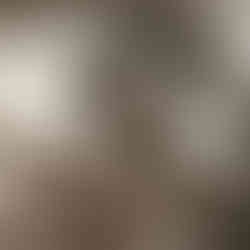

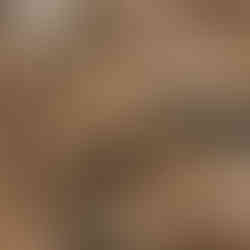

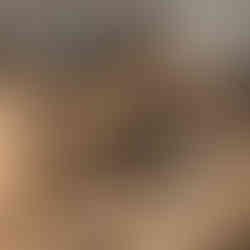

![Grape Vine Branch [use caution with aquariums, must be soaked]](https://static.wixstatic.com/media/a73ea9_343b49a5657548dfb5de8686dd929808~mv2.jpeg/v1/fill/w_250,h_250,fp_0.50_0.50,q_30,blur_30/a73ea9_343b49a5657548dfb5de8686dd929808~mv2.jpeg)
![Grape Vine Branch [use caution with aquariums, must be soaked]](https://static.wixstatic.com/media/a73ea9_343b49a5657548dfb5de8686dd929808~mv2.jpeg/v1/fill/w_192,h_192,fp_0.50_0.50,q_90/a73ea9_343b49a5657548dfb5de8686dd929808~mv2.jpeg)















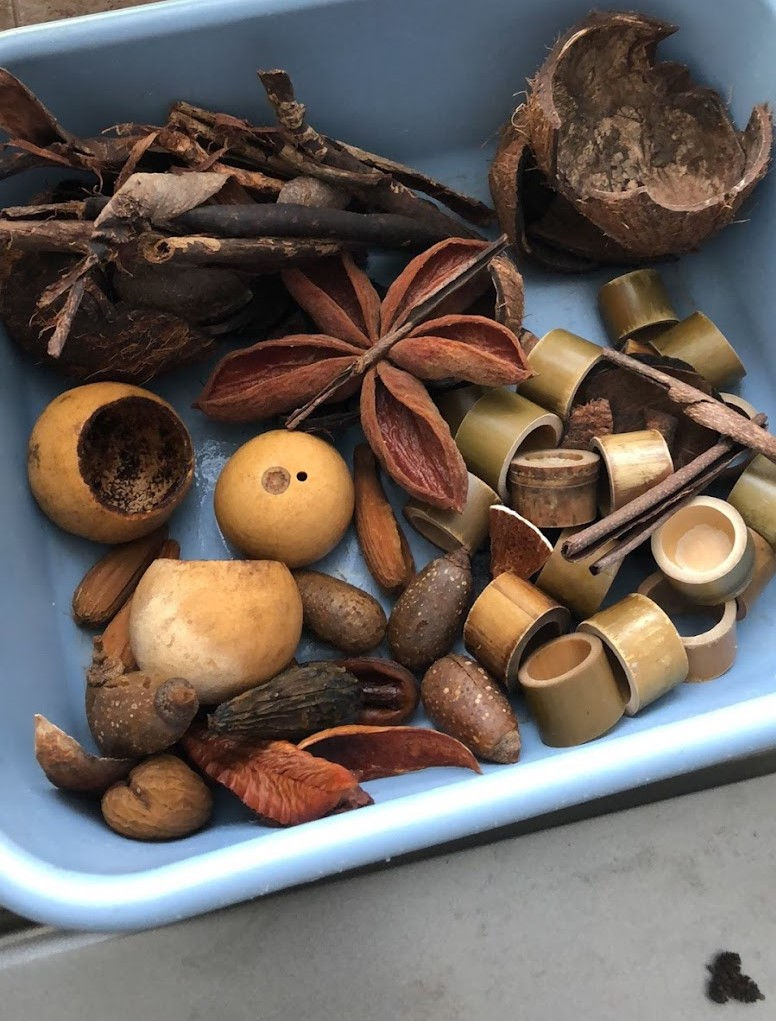



Comments